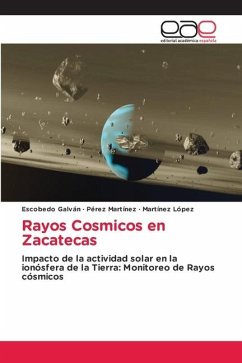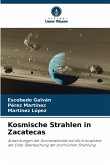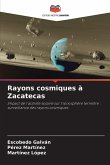The present work has as its objective the analysis of cosmic rays, its history as the years have elapsed to date, how cosmic rays were discovered and the research that has been done through them, as well as the most important events that have been recorded in the literature, ending in an analysis of several graphs obtained and studied by the detector of the institution of CECyT 18.The research arises because cosmic rays come from space and even more can be generated and emitted by our sun, these are produced by solar storms that is currently emitting our Sun. One of the closest planets to our solar system and that is affected by this situation due to its proximity is the planet Earth, in the state of Zacatecas there is no record of these activities and possible changes with the environment, with the cosmic ray shock, that is why it was decided to make a cosmic ray detector and install it in the CECyT 18, Zacatecas, to see possible changes or effects that these have on the environment, such changes are, humidity, temperature and ultraviolet rays, and also to detect the effects of the cosmic rays on the environment.
Bitte wählen Sie Ihr Anliegen aus.
Rechnungen
Retourenschein anfordern
Bestellstatus
Storno








